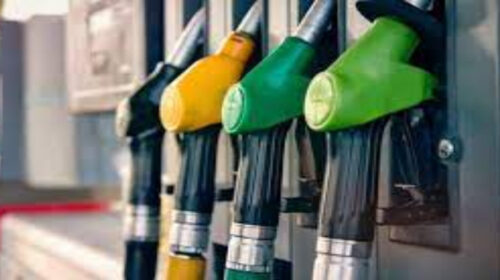The total fuel subsidy to date reached Rs195 billion during March-May 2022, posing negative implications on the Oil Marketing Companies (OMCs) liquidity.
The subsidy poses negative implications in particular to Pakistan State Oil (PSO) which has the largest share of around 50 per cent in retail fuel supply in the country.
The government has maintained the prices of local oil products to protect consumers by further raising subsidies through price differential claims (PDCs).
Farhan Mehmood at Sherman Securities said this would cost the national exchequer Rs60 billion on a fortnightly basis on both petrol and diesel versus Rs45 billion during the previous fortnight.
“We believe the OMCs have not yet received the full amount for April and May while the government is eyeing to release some funds to keep supplies intact.”
On the flip side, the PSO, which enjoys the market share of more than 65 per cent in the country’s gas market in value terms, is also likely to take a hit on its costly liquefied natural gas (LNG) supplies since there is a risk of further circular debt accumulation.
The weighted average price of LNG for May increased by 40 per cent on a monthly basis, up 60 per cent in rupee terms to $20/mmbtu mainly due to higher international LNG prices.
On top of that, the LNG volumes also grew by 50 per cent to meet electricity shortages during summer season since LNG is also used in power generation.
During the third quarter of fiscal year 2022, the PSO’s overdue receivables grew by Rs60 billion on a quarter-on-quarter basis to Rs305 billion mainly related to LNG supplies.
“However, we believe that there is a possibility that higher receivables on both LNG and oil products and price differential claims may take a toll on PSO’s liquidity during the fourth quarter of fiscal year 2022.
“In case, timely payments are not released, PSO’s overall receivables may grow by Rs150 billion to 200 billion, we believe,” Mehmood said.







